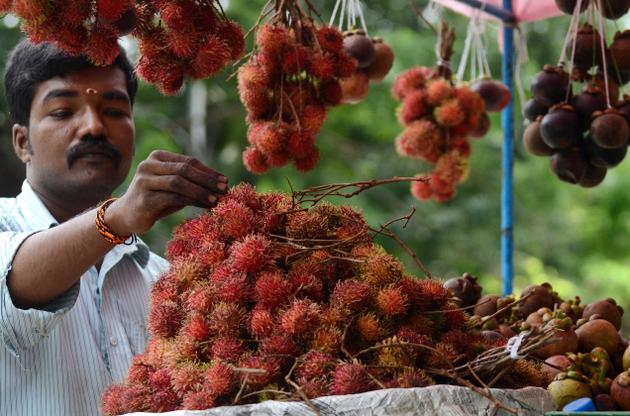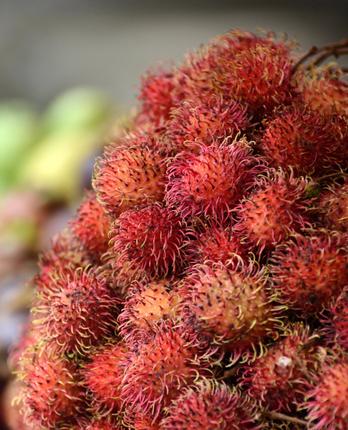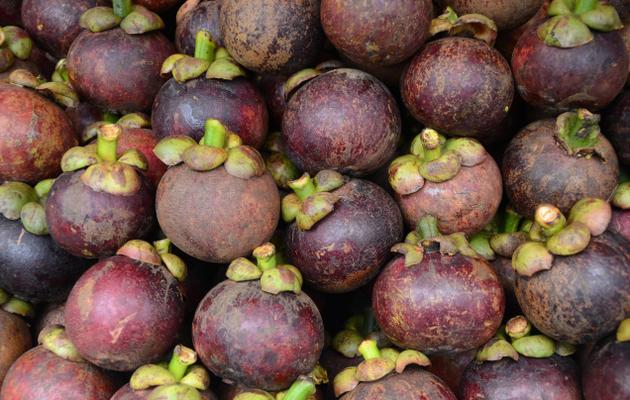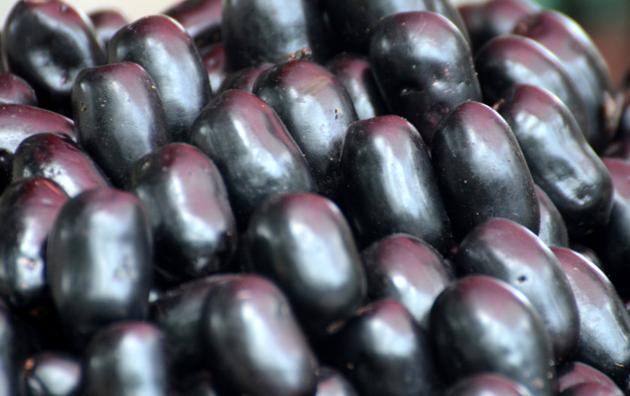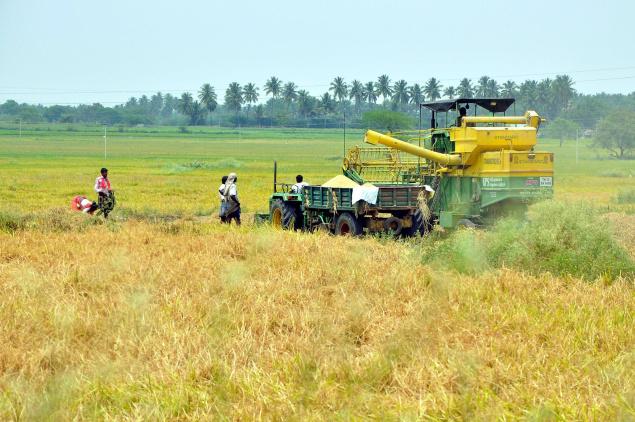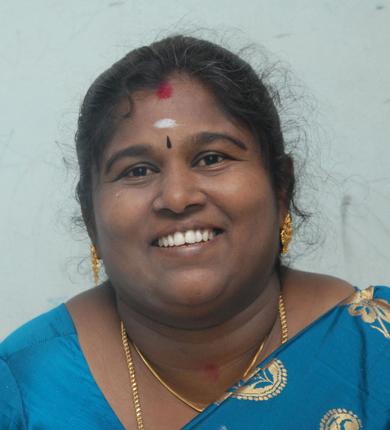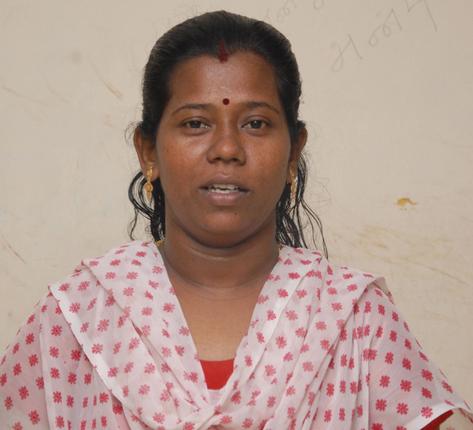Madurai :
The export of crackers made in Sivakasi is set to get a fillip after Tuticorin VOC port authorities agreeing to resume the service. The decision was taken at a meeting convened by the E M Sudarsana Natchiappan, Union minister of state for industries, on Friday in Madurai. Officials from the Tuticorin port and the Petroleum and Explosives Safety Organisation attended the meeting along with cracker manufactures from Sivakasi.
Crackers from Sivakasi were mainly exported to destinations in Africa and Europe. In fact, sea-borne cracker trade to these continents was active between 1994 and 1997, though the consignments from Tuticorin port were routed through the Colombo port. Then, crackers were taken in small boats from Tuticorin to Colombo, from where the consignments were sent in ships to various ports in Africa and Europe. However, the trade came to a standstill when the Sri Lankan government stopped the practice when the internal war escalated there, said the exporters.![]()
Natchiappan urged the port officials led by deputy chairman S Natarajan to take steps to restart the export. He suggested exporting crackers directly from Tuticorin in ships, instead of routing through Colombo. The port officials have accepted the suggestion. They have also promised to carry out further processes involved, said R Venugopal, the deputy chief controller of explosives (in-charge), Sivakasi.
The cracker manufacturers of Sivakasi have welcomed the move, saying the export would get a boost. “The export opportunity would double the cracker unit industry in Sivakasi. India’s share in cracker trade will increase. It would also augment the job opportunity in the industry,” AMSV Asokan of We Two crackers remarked. Raja Singh Chelladurai of Jumbo fireworks also hailed the initiative. “It is a good move and would provide the necessary boost for the industry. However, the cracker industry has to improve the quality of the products. The US and European countries follow stringent pollution norms. We should reduce the polluting content in the crackers,” Chelladurai said.
Cracker industry owners claimed there is good demand for crackers among people of Indian origin in Kenya, Ghana, Uganda and other African countries. A huge market exists in European countries too. Around 3,200 tonnes of crackers were exported annually in the 1990s. The Rs 1,600 crore fireworks industry exported products worth only Rs 2 crore last year. As manufacturers have to use the Mumbai port for export, incurring high transportation charges, export is rarely attempted these days, the cracker makers said.
At present China has the largest share of world cracker trade, cornering 90% of global exports.
source: http://www.articles.timesofindia.com / The Times of India / Home> City> Madurai> Industry / TNN / October 19th, 2013

